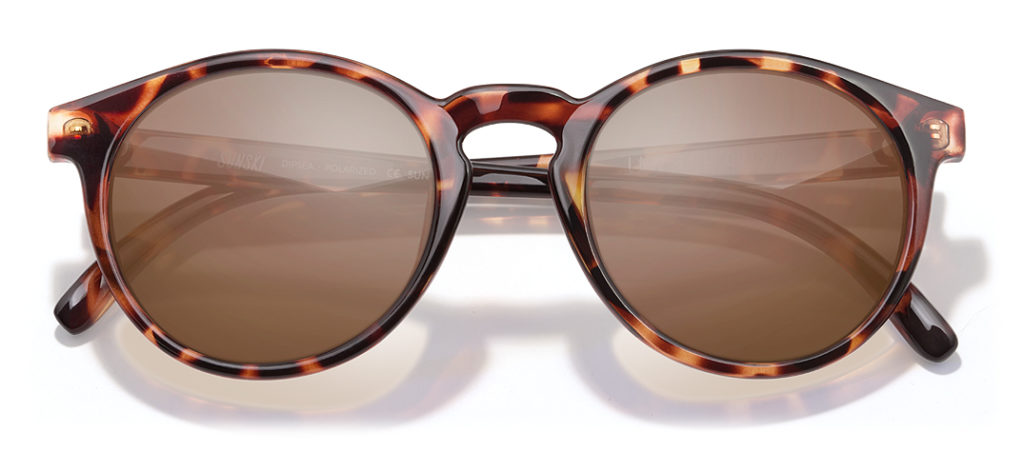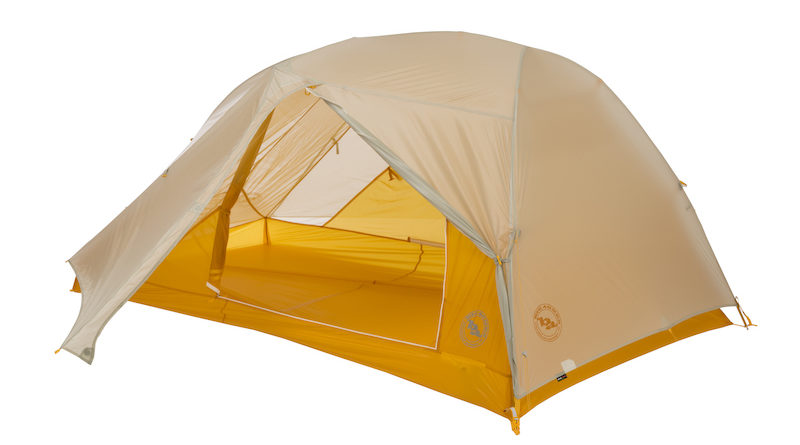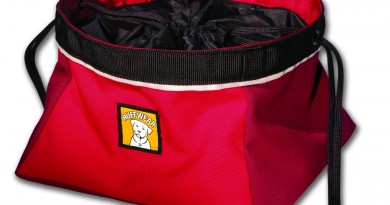15 Pieces of Game-Changing Backpacking Gear
The gear so good, it inspired local experts to change their setups.
Backpacking is a labor of love. It’s a sport that requires grit.
Furthermore, what felt good at mile two of a 15-mile day may not feel so good at mile 14. Tweaking a system that doesn’t quite work (or discovering a new gadget that you 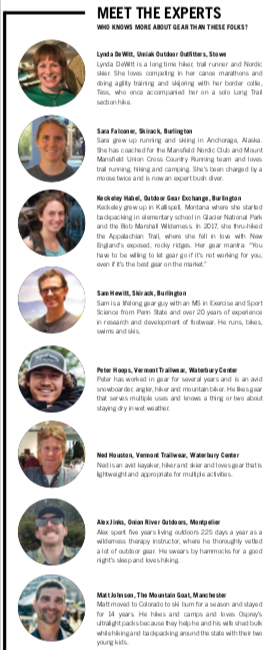 think will) can change the whole course of a camping trip, but it’s also a big investment. Often it takes getting out on a trail for many miles to determine whether a piece of gear will work for you, and if it doesn’t, you’re stuck with it for the duration of your trip.
think will) can change the whole course of a camping trip, but it’s also a big investment. Often it takes getting out on a trail for many miles to determine whether a piece of gear will work for you, and if it doesn’t, you’re stuck with it for the duration of your trip.
To find out what works and what doesn’t, we talked to ultra-runners, Appalachian Trail thru-hikers, wilderness therapy guides, weekend backpackers and more to get a sense for what the latest experience-altering gear is. The goal? To find out what new-fangled gadgets work really well and which ones you should leave at home.
Backpacks
We asked Outdoor Gear Exchange’s Keckely Habel for her picks for new packs and Gregory’s popular Maven (women) and Paragon (men) rose to the top. The 58-L Paragon ($229.95) and 55-L Maven (229.95) feature Gregory’s Aerolon suspension
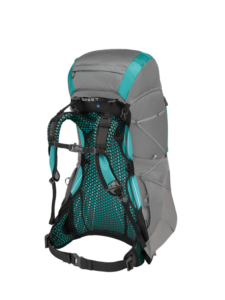
system, a lightweight aluminum frame with breathable mesh that can suspend a 50-pound load while keeping the overall pack weight to 3.9 and 3.6 pounds respectively. The real gamechanger? The removable low-profile daypack doubles as a waterproof stuff sack, so you can ditch your pack at your backpacking destination to bag a peak in comfort. “This really is the perfect pack if you want something lightweight for the hike to your destination but want to bring some fun things with you and dayhike from there,” said Habel.
For an ultralight pack, Matt Johnson of The Mountain Goat in Manchester. swears by the 48-L Osprey Exos (men, $200) and Eja (women, $200) as excellent options for weekend backpackers looking to experiment with an ultralight backpacking kit. “It’s a perfect melding of all the bells and whistles and lightweight durability,” says Johnson. At 2.3 pounds with a 40-pound carrying capacity, the 48-liter pack maintains an effective but lightweight suspension system that uses mesh to lift the weight away from your spine, while keeping it close so it doesn’t cause you to wobble on the trail. There’s also a feature that lets you stow your hiking poles on the shoulder strap, in front where you can reach them without removing the pack.
Sleeping System
In 2017, Nemo released its Disco (men) and Rave (women) sleeping bag series ($259.95), technical sleeping bags uniquely for people who sleep on their tummy, side or with bent knees. At 2 lbs 12 oz. and 2 lbs 7 oz. respectively, and with a packed size of 18 inches by 9 inches, the “Spoon Shaped” bags are light and compact enough for
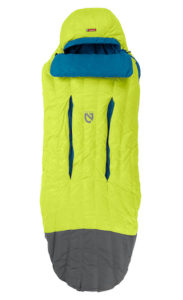
backpacking and comfy enough for car camping. Thermo Gills on the bag’s surface allow for ventilation and the footbox is lined with waterproof material to protect your feet from tent condensation. According to OGE’s Habel, the features work. “The material is just incredibly soft and durable,” said Habel, who recommended the 30-degree model for fall backpacking. There is also a zip pocket and a stuff-able pillow pocket.
Underneath, you may want the Big Agnes Air Core Ultra ($59.95). This warm-weather sleeping pad has recently been revamped to be more durable than its predecessor, the Air Core. New heat reflective technology keeps you warmer (down to 35 degrees Fahrenheit) with less material than the original and aviation-grade lamination makes it even more durable (that’s right he stuff that seals airplanes). At 18 oz, the pad packs down to the size of a coffee thermos. With a thickness of 3.25 inches, it’s like sleeping on an ultralight water floaty. It’s best used with Big Agnes’ Pumphouse Ultra ($34.95), a 2.9-oz. inflation pump that doubles as a waterproof stuff sack or backcountry shower. For an extra three ounces, you can get an insulated four-season version.
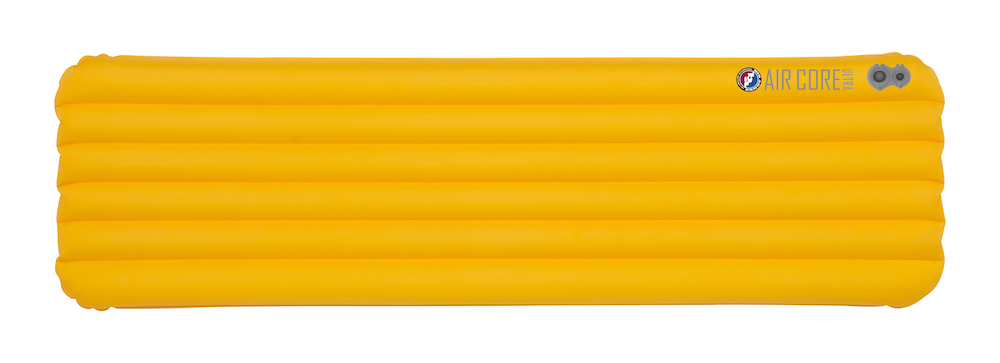
The Shelter
“A lot of people are going toward hammocks for sleeping these days,” says Alex Jinks of Onion River Outdoors. He recommends the Hennessy brand. However, if you are heading off into the wild or just car camping with your significant other, the new Kammock Roo ($99) will keep two of you comfy, if a bit snug. Even though it’s a massive 10 feet long and 5 feet, 7 inches wide and can handle up to 500 pounds, the hammock stuffs down in its attached sack to something slightly larger than a grapefruit. The Python Suspension Straps will set you back another $29 and if you’re making this a tent alternative, you may want a Kammock Kuhli Tarp ($159) too.
If a traditional tent is more your style, the Big Agnes Tiger Wall UL 2 ($399.95) offers ultralight weight and packability with the structure of a traditional tent. At 2 lb. 3 oz., it’s Big Agnes’ lightest two-door, two-vestibule tent yet. It packs down to a 5.5 x 18-inch tube. Between the easy-to-pitch single pole design and eyebrow pull, which gives it a peak of 38 inches, the tent offers all of the features you’d expect from a heavier option, including ripstop nylon durability and waterproofing, at an ultralight weight. Ultralight gear has a reputation for being less durable, but Big Agnes is known for making rock-solid tents that last forever and are super durable. According to Habel, it’s worth a splurge.
Stove
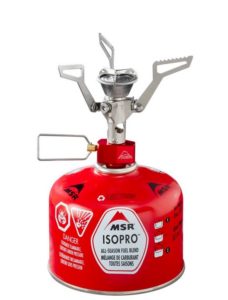
Last year, MSR unveiled the PocketRocket 2 ($44.95), a smaller, lighter (2.6 oz) version of the celebrated original that includes a simmer function, something previously only available in heavier, more expensive non-canister stoves like MSR’s Whisperlite series. The new burner also features a windshield and pot arms designed to better grip pot bottoms and reduce tipping. The new stove folds down even smaller than the original product and boils one liter of water in just 3.5 minutes. “This stove fits right in your hand and is probably smaller and weighs less than the gas you’re carrying for it,” says Matt Johnson.
Footwear
According to two of our experts, Long Trail fastest-known-time record holder Alyssa Godesky and Sara Falconer, Skirack’s resident
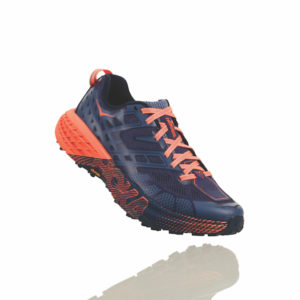
footwear expert, high cushion trail runners are the next big thing when it comes to footwear for mountain running and backpacking.Both recommended Hoka One One’s Speedgoat 2 ($140) for trail running, weekend backpacking trips, day hiking and longer trips. At 8- to 10-oz depending on size, the shoe is lightweight but durable and features improved foot stability over the Speedgoat 1. Vibram lugs on the tread resist slippage on granite slabs, muddy trails and wet schist, even with a heavy pack. “It’s not as technical as other shoes on the market for steep running trail descents, but it will keep your feet comfortable for 15 miles with a load,” says Falconer, who likes it for backpacking. This shoe is great for the Long Trail and is a favorite among our resident Appalachian Trail thru-hiker, Evan Johnson (see p. 18). and myself from my time working as a backcountry caretaker in New Hampshire.
Gadgets
“Since prices have come down, we have people in our shop asking about portable charging equipment all the time,” says Alex Jinks of Onion River Outdoors.
New this year, you can charge your phone (or your headlamp) out of your Luci Pro: Outdoor 2.0 + Mobile Charging unit ($34.95). This 5.5-oz collapsible camp lantern features a two-way USB port and solar panel that charges in 14 hours under direct sunlight. One charge will top off a smartphone battery by 50 percent in two to
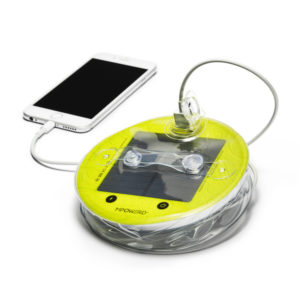
three hours. It straps easily to your backpack and comes with a one-year warranty. It’s also completely waterproof and packs down to a disc the size of a coffee coaster. “It’s lightweight and compact enough for hiking and it’s waterproof. It even floats so will be part of my evening kayak adventures…Frankly, it’s a great emergency tool. Everyone needs at least one Luci light!” says Ned Houston of Vermont Trailwear.
According to Peter Hoops of Vermont Trailwear, most of his backpacker friends and coworkers are ditching solar panels for rechargeable battery packs. For a weekend trip, the GoalZero Flip 30 Power Bank ($29.95) will hold all the power you need to recharge two headlamps and two smartphones or cameras, without the bulk of a solar array. It can even charge a tablet. At 6.8 oz and 3.7 inches long and 2.4 inches across, it won’t take up a lot of space. Charge it up at home with a USB or connect it with one of goal zero’s solar panels for power on a longer excursion. For a heavier, weatherproof option, try GoalZero’s Venture 30. The Flip 20 offers the perfect amount of power for one person on a weekend trip.
The Petzl Reactik + ($109.95) is the headlamp of the future. “I love this headlamp. With 300 lumens, you can see for at least 100 yards to figure out what the noise outside your tent was or make it to the outhouse through the woods, but it dims so you can read without blinding yourself,” says Sam Hewitt of Skirack. With up to 300 lumens of power, this rechargeable headlamp adjusts its brightness and beam width automatically based on Petzl’s reactive lighting technology. The same technology allows it to maximize battery life better than in past models. Unlike the Reactik, this model can be programmed using the MyPetzl Light Mobile App to change the auto adjust settings to those designed for trail running, mountaineering, or backpacking, or your own setting. The battery lasts for about 5 hours at 170 lumens (standard lighting for backpacking) and the headlamp weighs in at 115 grams. It is comfortable, light and reliable. You can even swap out AAA batteries for the rechargeable one.
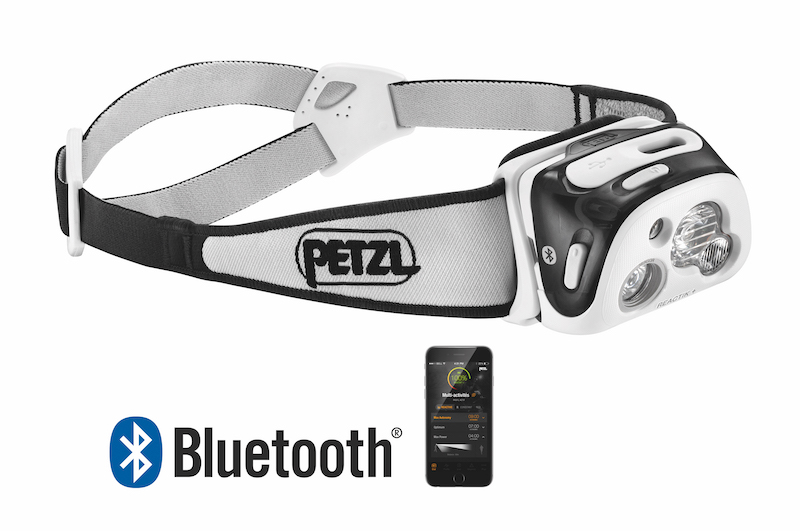
Water Treatment
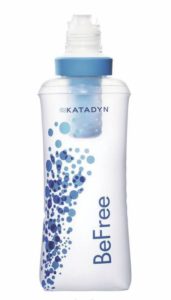
“This is probably the product I am the most stoked about for this year,” says Keckeley Habel of OGE as she points to Katadyn’s new BeFree Water Filtration System ($24.95). The system is unparalleled for its packability, 3.2-ounce weight and the rate at which you can move water through it. With a flow rate of 2 liters per minute, it leaves other squeeze and gravity filters in the dust. Another plus? The HydraPak bags it uses are more durable than most bladders on the market and pack down to almost nothing. A single EZ-Clean, removable filter cartridge ($24.95) fits a gravity-fed system designed to fill water bottles overnight.
Apparel
There’s nothing worse than feeling clammy in your rain gear. Patagonia’s Cloud Ridge Jacket ($249) features H2No Performance Standard waterproof breathable fabric in a three-layer (think dry and durable) rain coat. At 13.8 oz, it comes with a stuff sack and packs down to the size
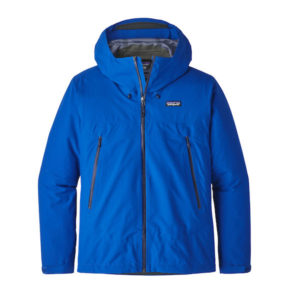
of a Nalgene bottle. The pockets are even designed to be accessible while wearing a backpack with a hip belt. Our testers say it withstood the test of a multi-week backpacking trip in Peru. “This jacket really is both waterproof and durable,” says Peter Hoops of Vermont Trail Wear adding that it is thick enough to serve as a four-season piece. Did we mention it’s recyclable and made from recycled materials?
If Lyme disease concerns you, Lynda DeWitt of Umiak Outdoor Outfitters recommends the new Royal Robbins Bug Barrier Expedition Long Sleeve ($85.00). This wicking, thermoregulating shirt comes in men’s and women’s styles and features InsectShield Technology, which means it’s treated with Permethrin, a synthetic version of the chrysanthemum-based pesticide Permethrum, and will repel ticks for up to 70 washes.
Shades
It’s hard to find polarized sunglasses that stay put and look as good at an outdoor concert as they do on the trail. Sunski’s Dipseas and Foothills ($55) are just two of the company’s non-gender binary styles. Select models are made from recycled plastics and Sunski plans to make all their shades this way by 2020.
The company makes sportier models with a more aggressive base curve, but these shades have withstood the test of many trips up and down trails in the White Mountains with a packboard, ski tours in the High Sierra, a rafting trip down the Grand Canyon, daily runs and countless multi-pitch rock climbs (think lots of scraping against granite).
The real game changer is Sunski’s eco-friendly warranty program. Broken hinges, cracked frames, damage from running into a tree are all covered (running over them with a car is not). Furthermore, if you scratch your (plastic) lenses, they will send you a repair kit with brand new ones for $12, no questions asked.
